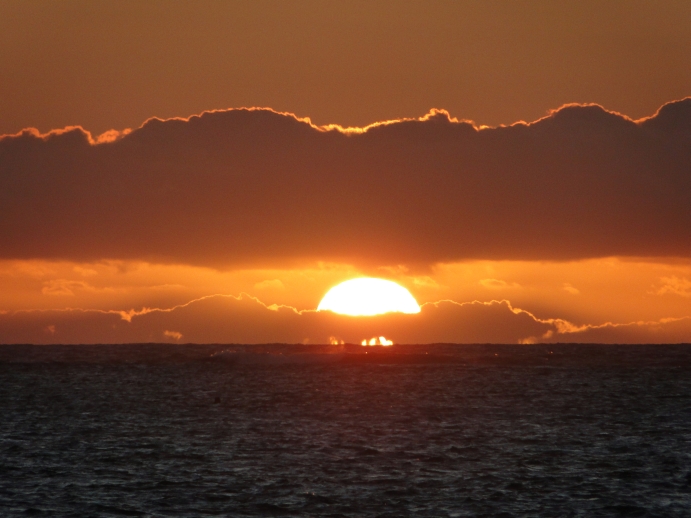Fiji
Conway Reef
I had never been to Fiji before and was about to get the strangest of introductions: bypassing all of the country's big cities, most popular islands, and major resorts while heading straight to the nation's most remote southern island, a small sandbar a few football fields in length located hundreds of miles south of the main islands. A tiny speck of sand called Conway Reef. All by ourselves in the middle of nowhere, stranded on a remote Pacific island. Everyone's fantasy, I suppose, and it didn't disappoint. As a participant in a ham radio DXpedition to this remote islet, I was lucky enough to call Conway Reef my home for a week on my first tent & generator trip.
---------------------------------------
Flying from Honolulu to Nadi, then a domestic flight to Suva to catch this converted live-aboard scuba diving boat, the Island Dancer II (aka Sera ni Wai, the "Song of the Sea"). Two days sail straight south over the open ocean and we arrive at Fiji's most southern outpost, Conway Reef. YT1AD, one of ham radio's most storied travelers, called Conway Reef "the most beautiful island in the world." With a recommendation like that, I couldn't wait to get there.
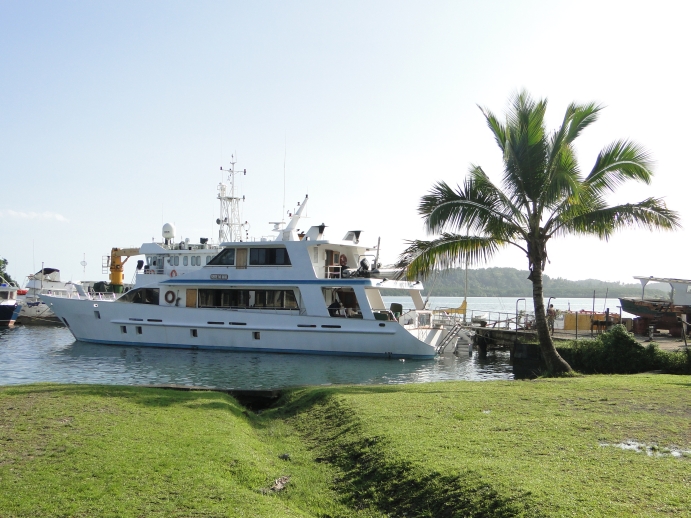
---------------------------------------
On board our boat, checking the charts for info about Conway Reef. Known as Theva-i-Ra in Fijian, the reef is completely surrounded by shallow coral that is a notorious wrecker of ships. I wasn't sure if we should be concerned that this chart was from the mid 1800s; obviously the reef doesn't get very many visitors. Our goal is to land on the tiny crescent of sand in the middle of all of these natural obstacles.
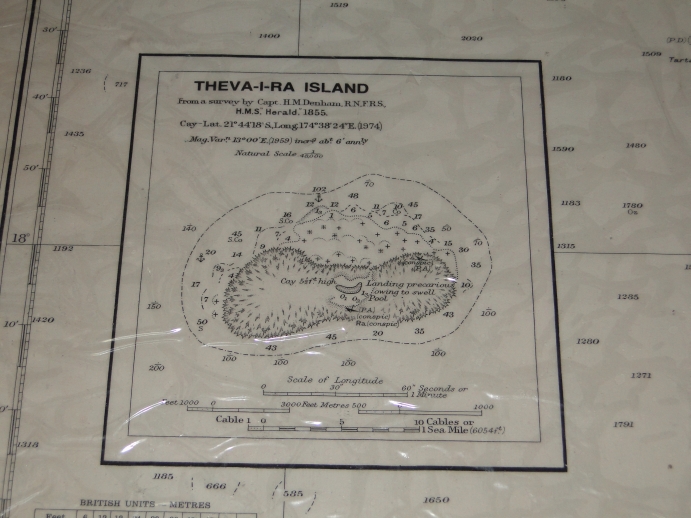
---------------------------------------
First sighting of the reef! Everyone notices the obviously recent shipwreck to the right, and our boat makes sure to steer well clear and keep a very safe distance away from the island.
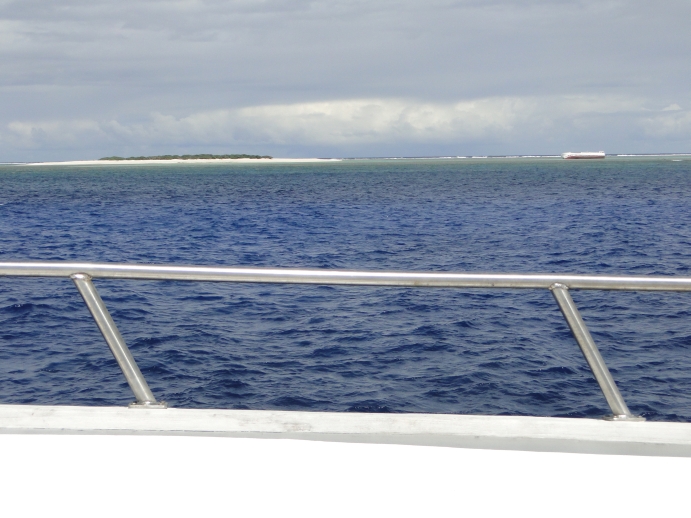
---------------------------------------
Our ship anchored in 50 feet of water just outside Conway's fringing reef. We had to use a tiny zodiac to get to and from the actual sandbar, and even at high tide the zodiac would just barely miss skimming across the top of the massive coral heads. Great care had to be taken to avoid damage to the natural environment as well as to the boat itself. Watching the crew successfully plot a safe zigzagging course to land through a gauntlet of boulders and coral was truly a sight to behold and gave me new respect for the talents of these guys.



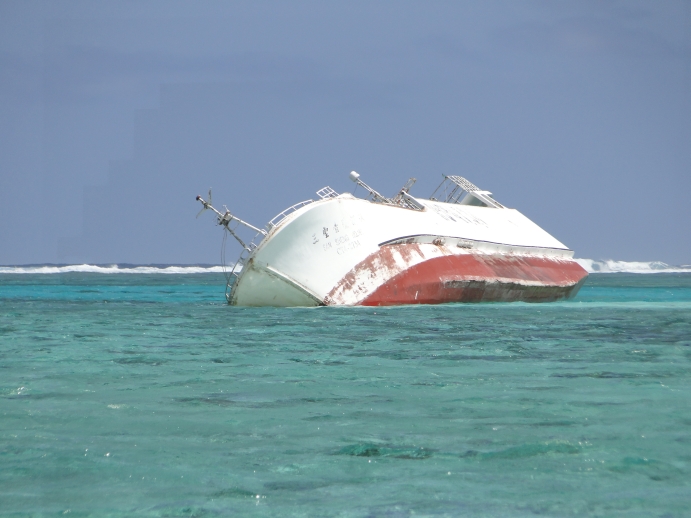
---------------------------------------
Making landfall on Conway Reef. Completely deserted except for resident booby bird population. The reef is so seldom visited and so little is known about it that we weren't even sure if there would be any vegetation on it when we got there. The blues and greens offshore were simply breathtaking.


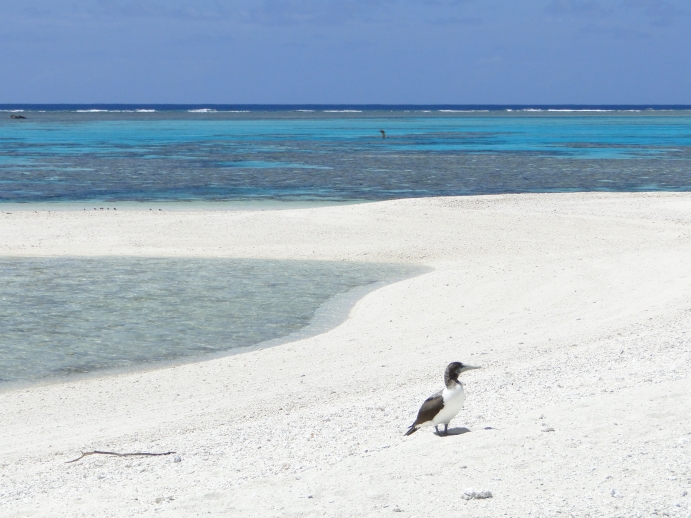
---------------------------------------
A couple shots of the shipwreck offshore.

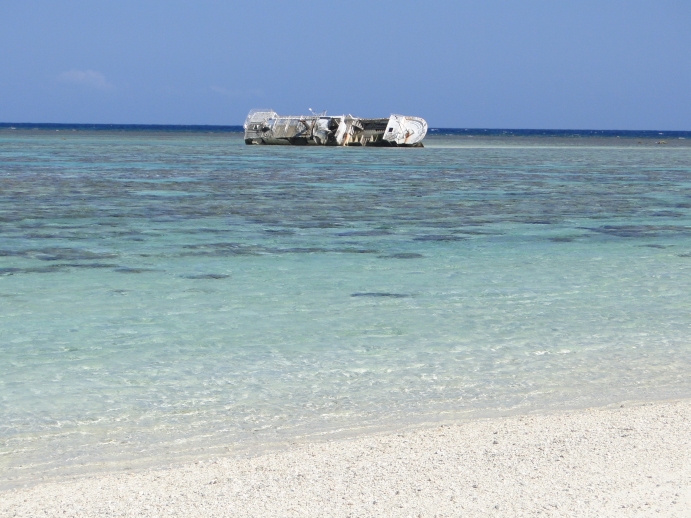
---------------------------------------
For a reef so small, I was surprised to see three separate species of booby birds in abundance.
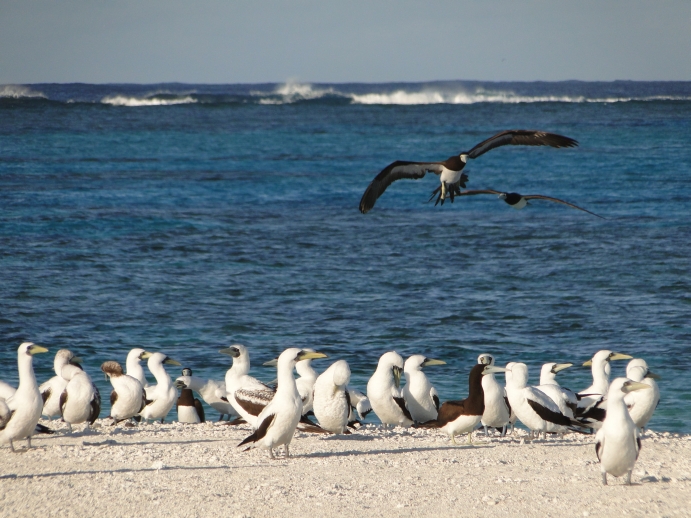
---------------------------------------
Masked boobies were the most common bird on the reef. They make their nests right in the sand.


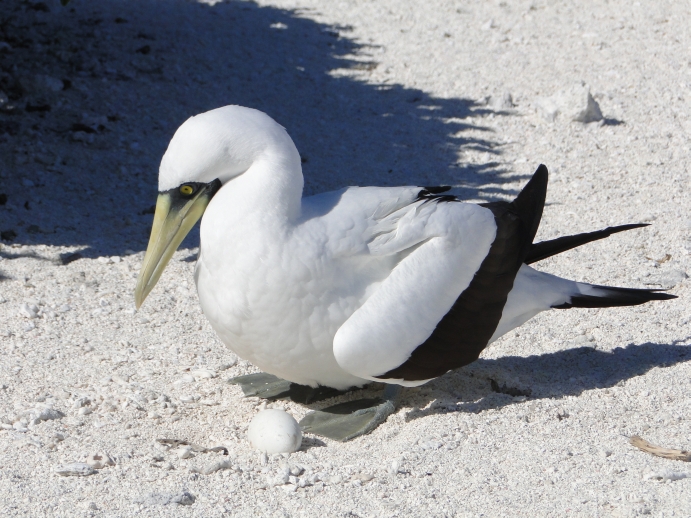
---------------------------------------
Red-footed boobies nest off the ground wherever an opening could be found in the scrub brush.


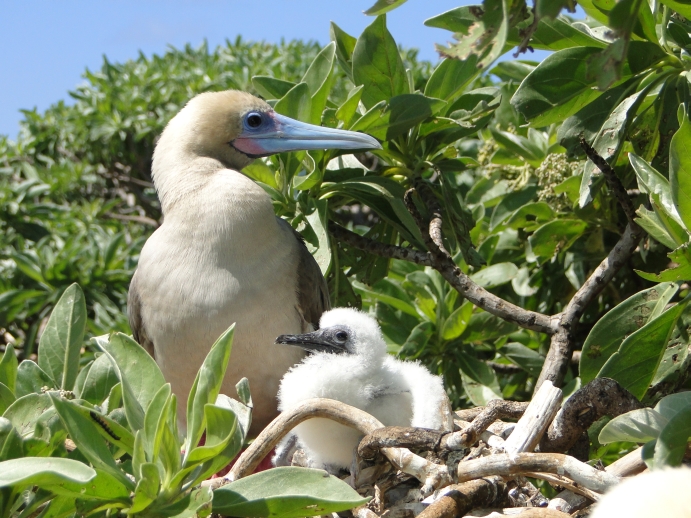
---------------------------------------
Brown boobies were the most difficult to photograph as they were always well hidden wherever they could find shade. Boobies usually lay two eggs at a time. The first chick to hatch invariably kills the second weaker one shortly after it emerges from the egg. Survival is harsh in this very isolated locale.
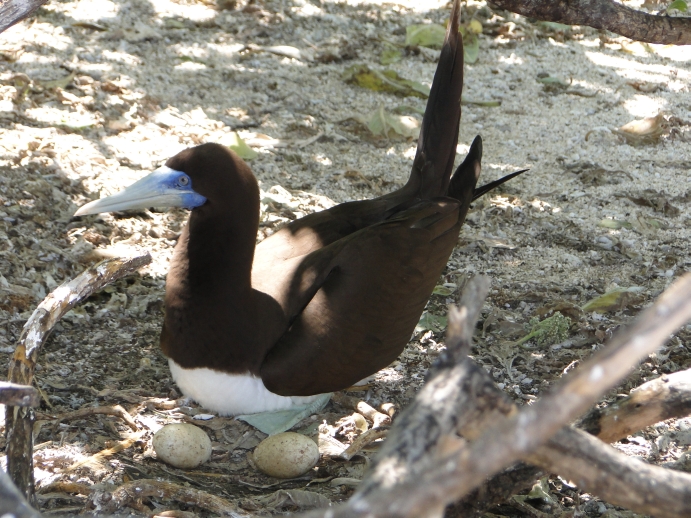
---------------------------------------
We were objects of great curiosity for Conway Reef's birds, which showed remarkably little fear of us. Here, a red-footed booby settles on one of our antennas above camp for a literal bird's-eye view of what's happening below.
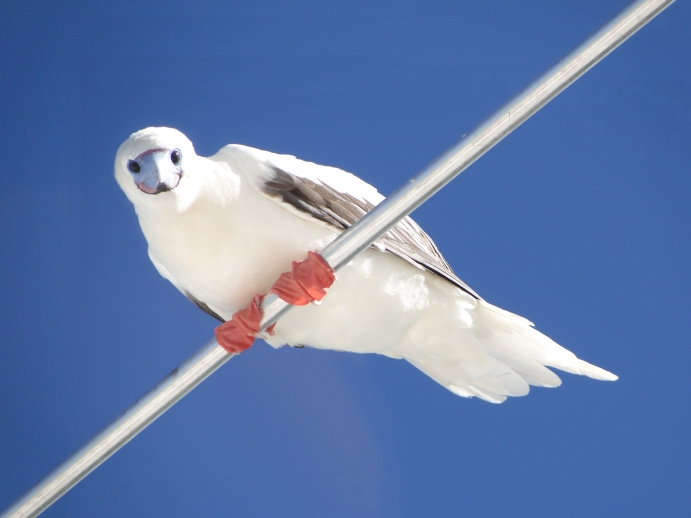
---------------------------------------
A few closeup portraits of our many bird companions on Conway Reef.



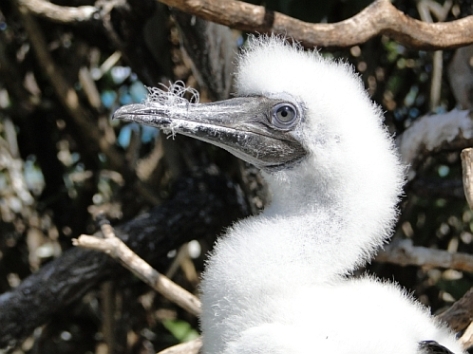
---------------------------------------
Accidentally run aground in 2008, the Chinese fishing vessel San Sheng No.168 has become one of the reef�s most recognizable features. At low tide it's actually possible to walk out to the wreck.
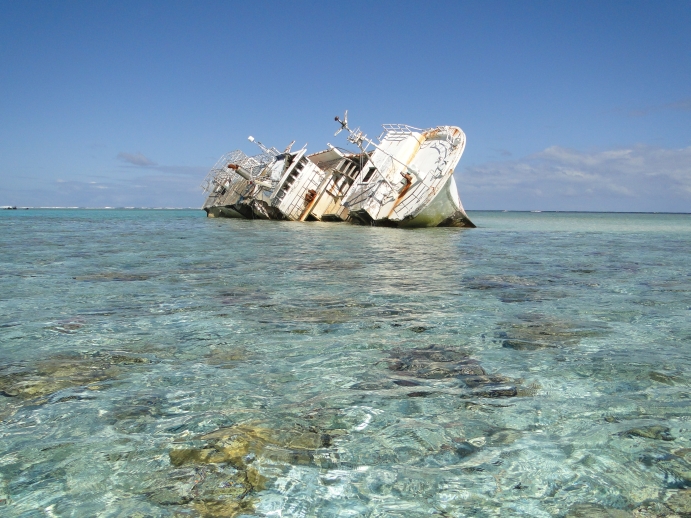
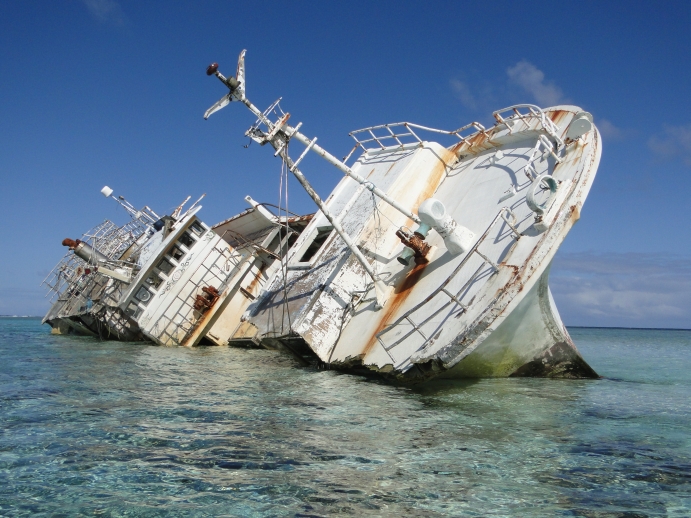
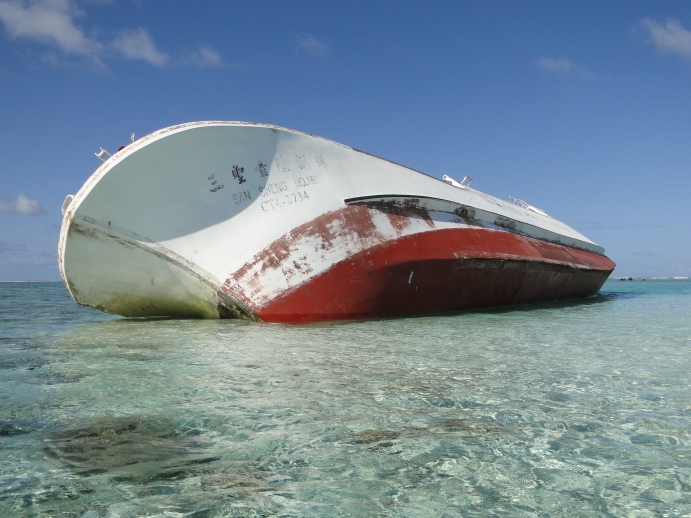
---------------------------------------
Below the waterline, Conway Reef is as pristine as can be. Massive corals sit just below the water level at high tide, a constant reminder that navigation to and from the reef is a dangerous prospect for all but the most experienced sailors.


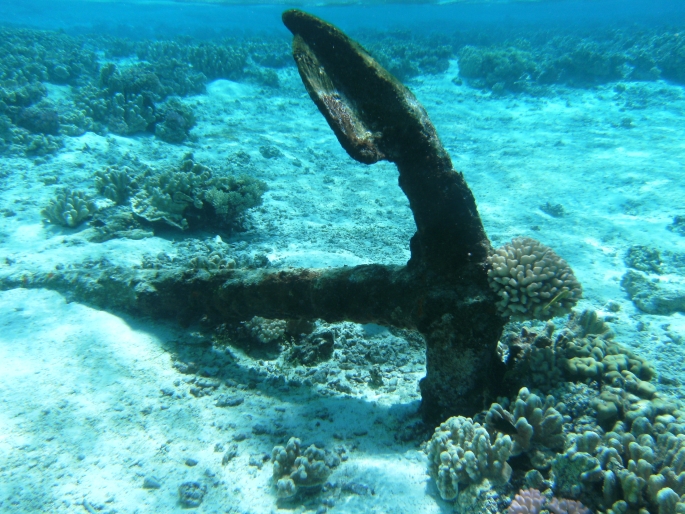
---------------------------------------
Gorgeous sunset over the reef. Aside from a sat phone, the amateur radio antenna pictured here was our only way of communicating with the outside world during our stay on the island.

